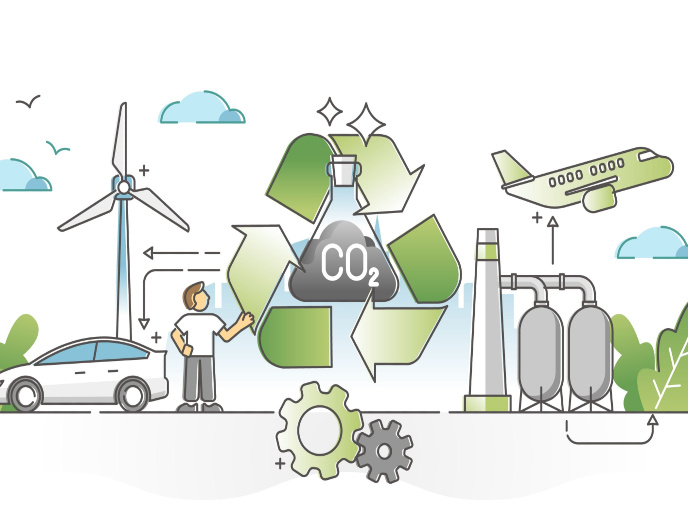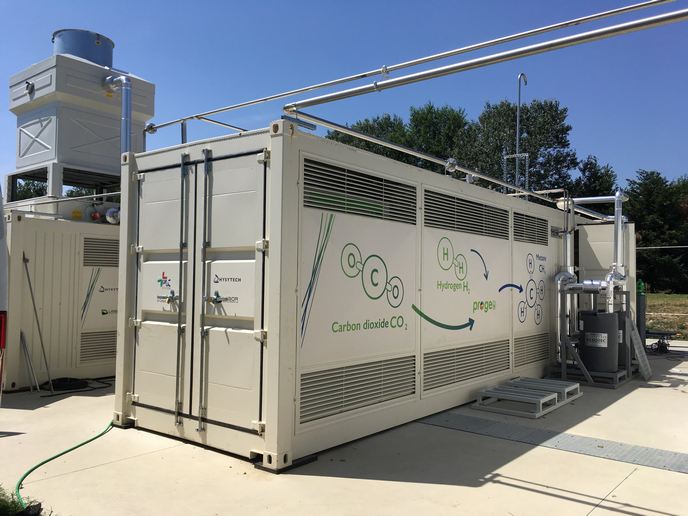Modelling new CO2-binding nanomaterials
Complex nanoporous polymers called zeolitic imidazolate frameworks (ZIFs) show promising CO2-binding properties. In order for these materials to be useful for the capture of greenhouse gases – primarily CO2 and methane – researchers need to model and characterise their physicochemical properties in detail. The EU-funded AMCOS(opens in new window) project developed and tested modelling software for the purpose. A research team in India provided the ZIF materials for testing, while laboratories in Lyon and Leipzig performed the modelling and experimental validation. Several well established modelling tools were used in conjunction in order to provide a full picture of CO2 binding to the ZIFs. Researchers then tested the binding of various gas molecules experimentally to validate the modelling data. The modelling and experimental data were in close agreement, showing that the models were accurate and useful for further applications. The project's approach also applied to the binding of other gases, such as methane or hydrogen, which are commonly found with CO2. This modelling of ZIFs is the first step towards using these materials in an industrial setting to trap CO2. The models and methods developed here will also be of great use in testing other new materials in the future.







